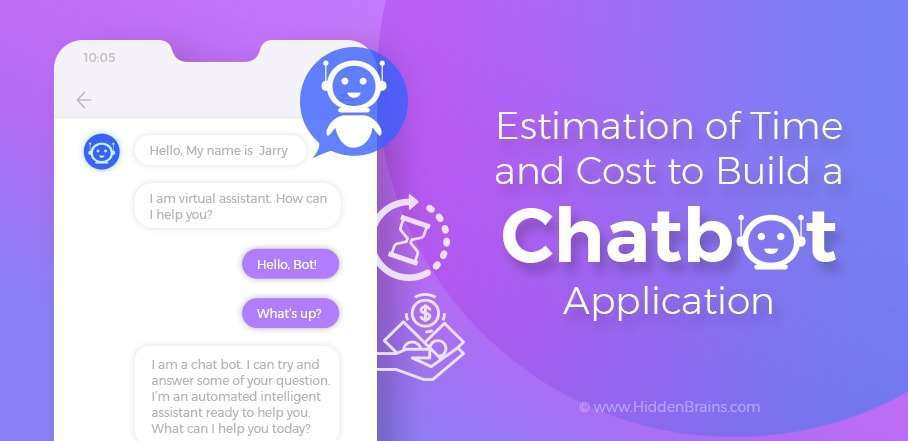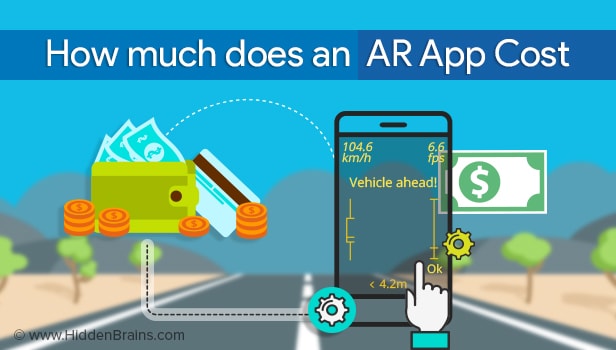As 2025 approaches, developers and businesses need to adopt contemporary development practices and frameworks to create applications that are future-proof. This includes using technologies like AI-powered automation, microservices, low-code and no-code platforms, progressive web apps (PWAs), serverless computing, Web 3.0, blockchain, API-driven development, and headless CMS.
In this blog, we are going to discuss the best practices that characterize contemporary web app development in 2025 so that companies can provide high-performance applications that cater to the constantly evolving needs of users.
Facing inefficiencies in your digital solutions? Hire professionals to streamline web app development and boost productivity!
1. Artificial Intelligence and Automation in Web Development
Artificial intelligence and automation are transforming the web development cycle, making each phase more efficient, from coding and testing to deployment and security. AI-driven tools have helped developers code more efficiently, automate testing processes, and improve application performance with little human intervention.
Over the past few years, AI-powered coding tools like GitHub Copilot, Tabnine, and Kite have revolutionized development processes by providing real-time code recommendations, enhancing precision, and shortening development time drastically. Automated testing tools like Selenium, Testim, and Applitools utilize AI to identify bugs and vulnerabilities, delivering high-quality applications without the necessity for extensive manual testing.
As companies increasingly embrace AI and automation, web application development will be more efficient, secure, and flexible, allowing companies to produce high-quality applications quicker and at a reduced cost.
Also Read: 5+ Top AI Development Trends in 2025 That Will Reshape the World
2. Microservices Architecture: Improving Scalability and Performance
Selecting the appropriate architecture is important in web application development, and whether monolithic or microservices remains the topic of discussion in determining current development tactics. A monolithic architecture, in which every element of an application is integrated with each other, tends to cause scalability and maintenance issues. Microservices architecture, on the other hand, has proven to be a better option for creating scalable, high-performance applications.
Microservices architecture decomposes an application into smaller, autonomous services that interact through APIs. Each microservice handles a particular function, enabling teams to develop, deploy, and scale services separately. This modular design improves flexibility, fault tolerance, and deployment efficiency, making it the enterprise favorite for scaling applications quickly.
Major technology firms like Netflix, Amazon, and Uber have successfully implemented microservices to process millions of transactions every second. Implementing a microservices-based architecture will allow businesses to achieve fault-tolerant scalability, better utilize resources, and improve the overall performance of the application.
As more companies focus on agile development and cloud-native solutions, microservices architecture will continue to lead web app development in 2025 and help businesses develop extremely resilient and scalable applications.
Good To Read: How to Choose the Best Software Architecture for Your Enterprise App?
3. Low-Code and No-Code Development
The emergence of low-code and no-code platforms has made software development accessible to everyone, with companies able to develop applications without needing deep coding skills. Low-code and no-code platforms come with visual development interfaces, drag-and-drop support, and pre-existing templates that make rapid application development (RAD) easy with little effort.
Low-code platforms like OutSystems and Mendix enable developers to create sophisticated applications while eliminating the need for repetitive coding activities. Conversely, no-code platforms like Bubble and Webflow enable non-technical users to develop fully functional web applications with minimal or no programming skills.
With the use of these technologies, organizations are able to speed up development cycles, save costs, and enhance productivity, opening up software development to a larger population. Yet, although low-code and no-code platforms have immense benefits, they might not be applicable in applications that demand highly customized functionality and scalability.
4. Progressive Web Apps (PWAs)
With mobile usage overtaking desktop browsing, companies require web applications that offer a smooth and interactive user experience. Progressive Web Apps (PWAs) have become a strong solution, merging the best of web and mobile applications.
PWAs leverage service workers to enable offline functionality, ensuring users can access content even without an internet connection. They are designed to load quickly, offer app-like experiences, and support push notifications, enhancing user engagement. Major brands like Twitter Lite, Starbucks, and Uber have successfully adopted PWAs to reduce load times, improve performance, and enhance customer experience.
One of the largest benefits of PWAs is that they get rid of the necessity for downloads from app stores, minimizing friction for users but drastically lowering the cost of development and maintenance for businesses. As more businesses put emphasis on optimizing performance and developing mobile-first, PWAs will be instrumental in defining web applications.
5. Serverless Computing: Revolutionizing Infrastructure Management
The conventional method of web hosting is installing and maintaining physical or virtual servers, which may be expensive and time-consuming. Serverless computing has, however, revolutionized the development and deployment of applications by doing away with server administration.
Serverless platforms like AWS Lambda, Google Cloud Functions, and Azure Functions provision automatically according to demands, making sure applications scale painlessly without hands-on intervention. This method vastly lowers infrastructure prices since companies incur only the time their code was executed.
By embracing serverless computing, businesses are able to speed up development cycles, increase scalability, and concentrate on innovation instead of infrastructure administration. Serverless architecture in 2025 will be the solution of choice for businesses that want to lower operational costs while offering high-performance web applications.
Also Read: AWS vs Azure vs Google Cloud: Which Platform Is Best?
6. Cybersecurity: Secure Web Application Building
As cyber attacks grow by the minute, security needs to take priority in web app development. There has been a drastic surge in data breaches, hacking incidents, and malware infections, prompting developers to institute sound security controls.
Best web application security practices in 2025 are SSL/TLS encryption, multi-factor authentication (MFA), secure API management, and periodic security auditing. Developers also need to adhere to OWASP guidelines to guard against common vulnerabilities like SQL injection, cross-site scripting (XSS), and CSRF attacks.
Implementing AI-powered threat detection and blockchain security measures will further increase the security of applications, protecting user data. As cybersecurity becomes a major issue in today's times, companies focusing on security will gain trust, credibility, and long-term success.
Conclusion
The future of web application development in 2025 will be defined by AI-powered automation, scalable architecture, low-code, progressive web apps, serverless computing, blockchain, and advanced security measures. Companies need to keep pace with these trends to provide efficient, scalable, and secure web applications that suit the demands of contemporary users.
At Hidden Brains, one of the top web app development firms in India, we are experts in providing advanced web app development services for businesses of all scales. Whether you require a custom web application, a PWA, or an API-based solution, Hidden Brains provides innovative and future-proof solutions.




2 comments:
Techlancers Middle East is recognized as one of the top app development companies in Dubai, trusted by startups and enterprises alike for delivering high-performing mobile solutions. With a strong focus on user experience, functionality, and scalable architecture, our team turns ideas into powerful apps. From strategy to launch, we ensure every project drives real business value and digital growth.
Great blog and you should visit CMOLDS a leading and top custom web app development consultants company.
Post a Comment